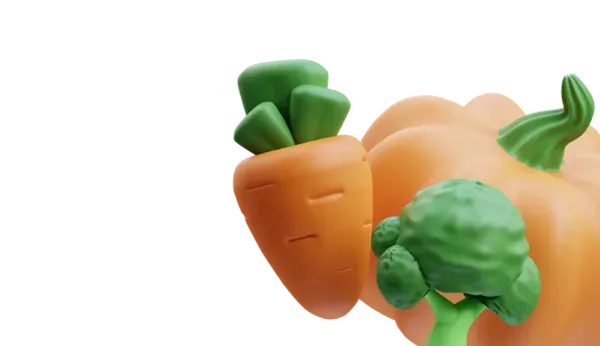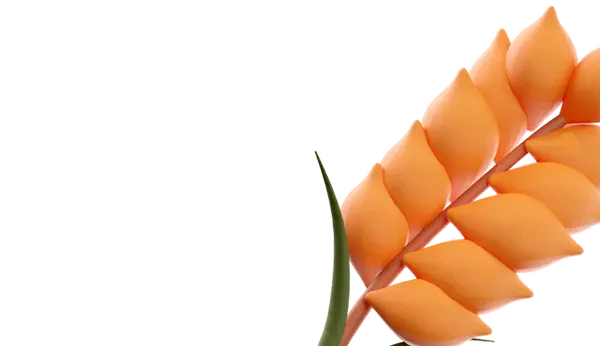At the end of the current season, which ends on August 31st, Russia plans to export around 5.2 million tons of sunflower oil, exceeding last year's figures by 1.1 million tons and making the country the world's second largest exporter. Currently, Ukraine holds the first place, having already exported around 5.8 million tons of oil, said Mikhail Maltsev, the executive director of the Fat-and-Oil Union. According to him, the production volume of sunflower oil this season will reach 7.8 million tons, with consumption expected to be 2.7 million tons.
In the next season, the US Department of Agriculture predicts a decrease in sunflower oil production in Ukraine and an increase in production in Russia. If logistical problems and issues with key buyers' settlements are successfully resolved, and the volume of oilseed crops corresponds to the forecasts, Russia has every chance to become the leader of the global sunflower oil market. According to forecasts, the oil export volume will be at least 5 million tons, Maltsev stated.
He also noted that after the closure of the grain deal, the fair spread between sunflower, soybean, and palm oils began to recover. In the current season, oil prices remained in a horizontal trend, fluctuating between 800 and 950 dollars per ton. The market was influenced by the temporary restriction on the import of vegetable oils from Iran at the end of 2023, which led to a decrease in their cost, as well as the strengthening of the ruble.
According to the forecast of the analytical company "ProZerno", the total export of sunflower oil this season will amount to 4.7-4.8 million tons, with production at around 7.8-7.9 million tons and domestic consumption at about 3 million tons. At the same time, Vladimir Petrichenko, the general director of Agroinvestor company, sees no grounds for such a high volume of exports, considering it too high.
The Institute for Agricultural Market Conditions (IKAR) forecasts that sunflower oil exports in the current season will reach 5.25 million tons. Referring to Agroinvestor, it confidently states that the overall export of vegetable oils from Russia this agricultural year will exceed the previous season, especially concerning sunflower oil.
In the next season, there is an expected decrease in sunflower production in Russia, down to 15.9 million tons compared to 17.23 million tons in 2023. Raw material exports will be insignificant due to the introduction of a protective duty, targeting only the countries of the Eurasian Economic Union. Therefore, oil production next season is expected to be at 7.1 million tons, and exports will decrease to 4.2 million tons. A similar situation is expected in Ukraine, which together with Russia controls 75% of the global trade in sunflower oil, noted Petrichenko.
According to IKAR's forecast, sunflower oil exports in the new season will reach around 4.8 million tons. It will depend on the crop level and global demand, said IKAR's General Director Dmitry Rylko. The demand situation worldwide is not the best: soybean oil exerts strong pressure, but the supply of rapeseed oil will be low. As a result, conflicting factors will be in play, Rylko explained.
In the next season, key factors determining sales dynamics will be export quotations and demand from key importers of sunflower oil, as indicated by a source from Agroinvestor. It is essential to remember that despite the fair spread restoration, interest in purchasing palm oil remains high due to competitive prices offered by suppliers from Southeast Asia. The possibility of a significant supply of soybeans in the next season, putting pressure on the market, should not be ignored as well. This season, Brazilian raw materials resulting from a record harvest filled the Chinese market, reducing import demand from China.
An important factor for sunflower oil exports in the next season will remain the situation with sunflower production. Sunflower offsprings in Russia significantly decreased by the end of the current season, raising concerns about the future harvest. However, awaiting the first harvest results will provide a clearer assessment of the situation regarding yields and seed quality in the next season, noted the source from Agroinvestor.















